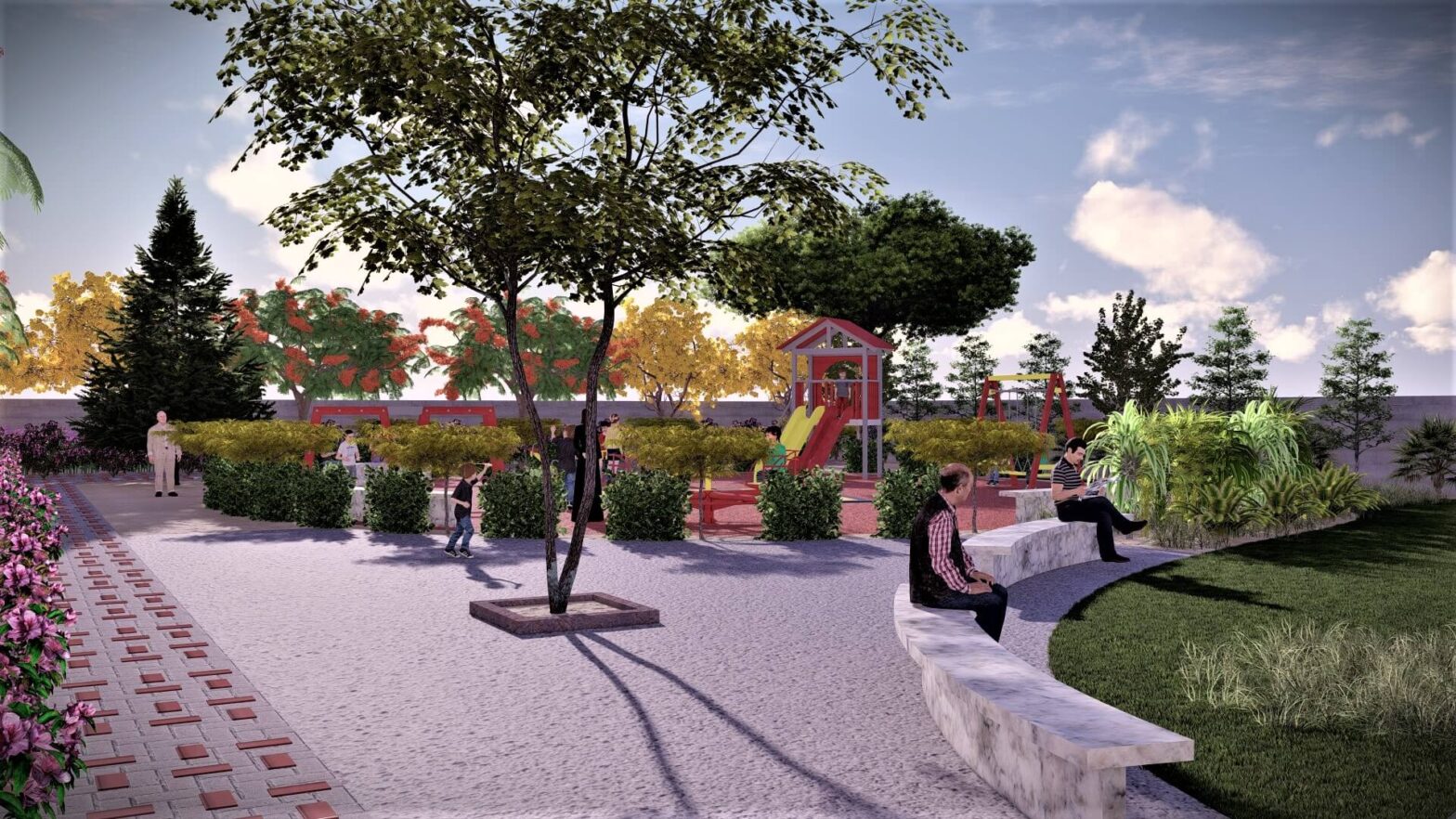Landscape architecture is a captivating field involving the meticulous planning, creative design, and effective management of outdoor spaces. By skillfully shaping outdoor areas, landmarks, and structures, landscape architects strive to achieve positive environmental, social, and aesthetic outcomes. The objective of landscape architecture is to create functional and sustainable environments that enhance the quality of life for individuals and communities.
The Essence of Landscape Architecture
Landscape architecture is all about creating environments that enhance quality of life, promote sustainability, and celebrate the beauty of nature. Landscape architecture constantly tries to harmonize its designs with nature.
Landscape architecture focuses on the creation of spaces that are not only aesthetically pleasing but also serve specific functions and meet the needs of the user. Landscape architects aim to minimize their impact on the environment in turn reducing their carbon footprint. Landscape architects often consider the cultural and historical context of a site.
Explore the History and Evolution of Landscape Architecture
The history of landscape architecture is a diverse and rich one, spanning over centuries and different cultures. Here is a brief overview of the key developments in the field:
- Ancient Civilizations: Egyptians were among the earliest to design gardens, focusing on symmetry and order with water features and tree-lined avenues. Persian gardens were known for their use of water channels, reflecting pools, and geometric designs. Greek philosophers emphasized the relationship between humans and nature, designing gardens with aesthetic and philosophical principles.
- Roman Influence: Roman villas had extensive gardens with water features, terracing, and formal layouts, influencing axial planning and geometric organization.
- Islamic Gardens: Islamic gardens emphasize water, geometric patterns, and lush vegetation, providing tranquility and beauty.
- Renaissance: The Renaissance revived classical Greek and Roman principles, featuring formal gardens with axial designs, symmetrical layouts, and ornate elements.
- Baroque and Rococo Periods: Baroque gardens were grand and dramatic, while Rococo gardens were whimsical and ornamental.
- 18th and 19th Centuries: The English Landscape Movement focused on naturalistic and picturesque landscapes, incorporating existing topography with rolling hills, water features, and trees. Frederick Law Olmsted designed Central Park, emphasizing public access, natural elements, and social benefits.
- 20th Century: Various design movements emerged, addressing ecological concerns and leading to sustainable and environmentally conscious design principles.
Today, landscape architecture incorporates a wide range of styles and approaches. Sustainability, ecological restoration, and the integration of technology are prominent themes. Landscape architects work on diverse projects, including urban parks, green roofs, waterfronts, and large-scale ecological restoration initiatives.
The Role of Technology in Planning Landscape Architecture
Technology has transformed various aspects of landscape architecture, enhancing efficiency, precision, and the ability to create sustainable and innovative designs. Digital designing tools such as CAD and BMI have made it easier for architects to create detailed and accurate designs.
CAD facilitates detail-oriented drafting, modeling, and visualization of landscape architecture elements which ultimately helps architects voice out their design ideas effectively. BMI enables architects to create digital renditions of the entire landscape architecture projects. Geographic Information Systems (GIS) is a technology that integrates geographical and environmental data for site analysis.
Landscape architects can use GIS to analyze topography, soil conditions, hydrology, and vegetation, which helps in the design process. Virtual Reality (VR) and Augmented Reality (AR) technologies allow clients and stakeholders to explore proposed designs before construction, enhancing communication and understanding of design intent. Climate analysis technology enables landscape architects to assess the impact of climate conditions on a site, informing design decisions for climate-responsive landscapes.
The integration of technology in landscape architecture not only enhances the efficiency of the design process but also enables landscape architects to address complex challenges, promote sustainability, and create landscapes that respond to the needs of the environment and communities.
3 Reasons Landscape Architecture Studio is the Best Landscape Architecture
Landscape Architecture Studio in Karachi has been offering landscape architect services, amongst many others, since their inception and there are many reasons why they are the best at what they do:
- Landscape Architecture Studio is highly respected for its exceptional contributions to public and private projects. From private gardens to public parks, highways to industrial spaces, and educational institutions to historical landscapes, they excel in different domains. Their successful completion of projects in each area highlights their expertise.
- It focuses on creating social spaces and sustainable environments. They take a holistic approach to design, considering long-term implications. They prioritize understanding clients’ needs and aspirations. They use innovative detailing and high-quality materials. The result is the creation of unique and memorable environments.
- It prioritizes exceptional design and a greener Karachi. They integrate eco-friendly practices, green spaces, renewable resources, and energy-efficient solutions to promote environmental sustainability. Their dedication to creating social spaces and sustainable environments fosters community and well-being.
FAQs
- What is landscape architecture?
Landscape architecture plans, designs, and maintains outdoor spaces, aiming to create visually appealing, functional, and sustainable environments. This includes small urban areas, parks, residential communities, and regional planning projects.
- Which landscape architect in Karachi is the best?
Komal Parvez from Landscape Architecture Studio is one of the best in business. She provides multiple services to her clients including interior landscape design, feasibility studies master planning, etc.
Conclusion
Landscape architecture involves the planning, design, and management of outdoor spaces to create functional and sustainable environments that enhance the quality of life. Landscape Architecture Studio in Karachi run by Komal Parvez is an exceptional provider of landscape architect services, known for their expertise, holistic approach to design, and commitment to creating social spaces and sustainable environments.
